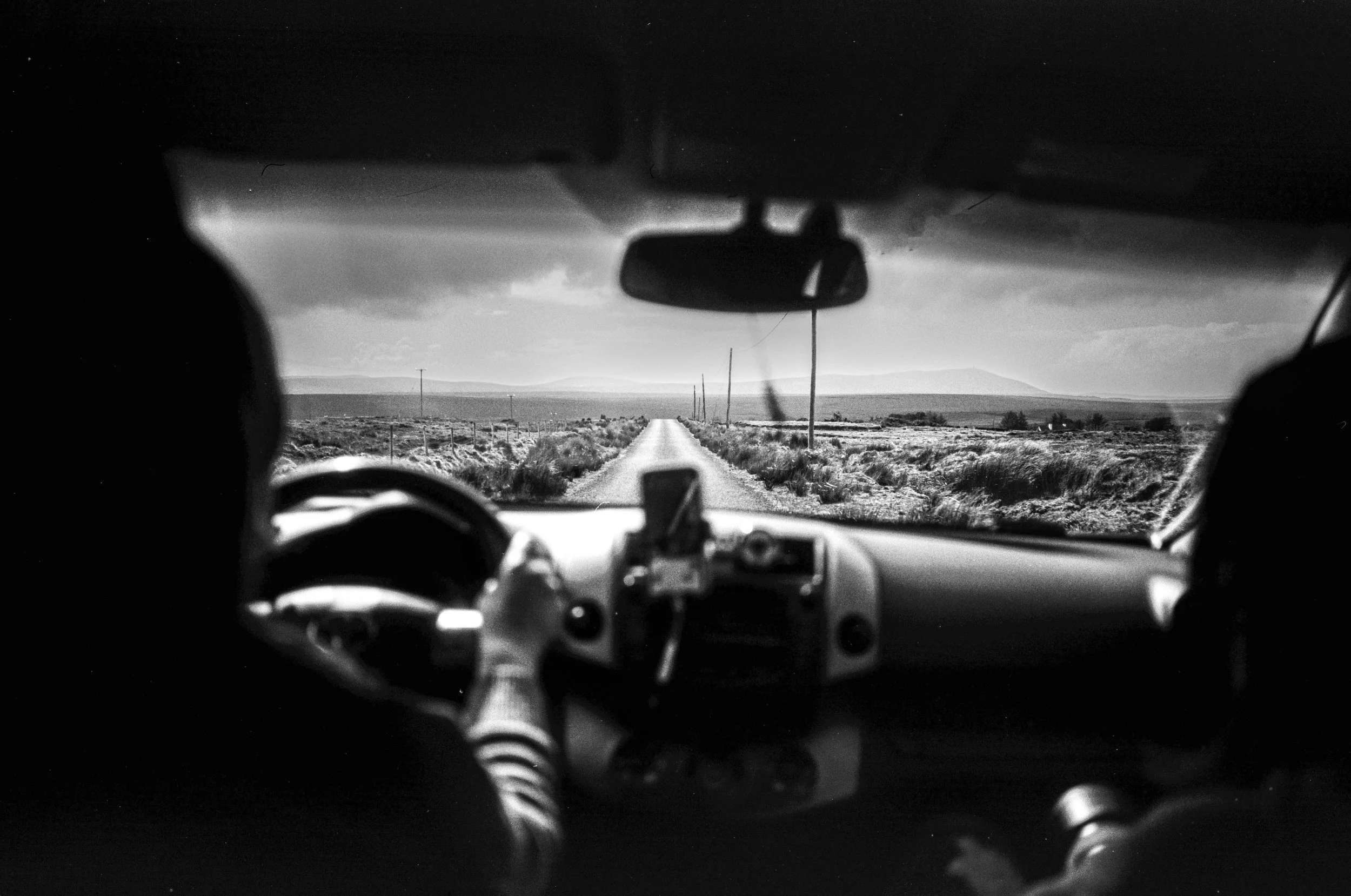Why Film Photography Feels Alive in the Digital Era
Digital photography gave us precision, speed, and infinite repetition. It perfected the technical image — but in doing so, it stripped away something that analog never lost: a sense of life.
Ilford Delta 3200, shot with a 1939 pre-war Zeiss Sonnar 50mm f/1.5 lens. The lens is uncoated, allowing for the character of the lens and film to come to life, and capture the feeling of the moment.
Film photography endures because it feels different. It slows us down, resists instant gratification, and produces images with texture and presence. In a world of disposable content, film stands out as something alive.
At Liquid Light Whisperer, this difference isn’t abstract. It’s the foundation of why every portrait, wedding, or editorial commission on film feels distinct.
The living grain vs the dead pixel
Pixels are identical, regimented, lifeless in their perfection. Grain is organic, unpredictable, and alive. Every frame of film carries a subtle randomness — not noise, but texture.
That living grain gives film images depth. Even when scanned, the analog structure translates. Shadows aren’t simply dark; they shimmer with detail. Highlights bloom instead of clipping. The whole frame breathes.
Shot on a road trip through Ireland with Babylon 13 film rated at ISO 6. Paired with the modern Voigtländer 40mm f/1.2 on a Leica M5, the fine grain rendered beautifully smooth, almost timeless images.
The embrace of mistakes
Digital offers infinite correction: delete, retake, edit. Film resists that. Mistakes become part of the photograph — a blur, a flare, a double exposure. Far from flaws, these moments often feel more human.
This is why people describe film images as soulful. They carry the traces of imperfection, and in imperfection, we see life.
This frame was shot on a prototype batch of Kodak Vision3 400D I was asked to test. The processing didn’t run cleanly, but the result is something far more interesting—a luminous, otherworldly blend of tones and textures. Sometimes film’s imperfections create images we’d never find by design.
The tactile connection
Holding a negative, unrolling a contact sheet, watching an image appear in developer — these tactile experiences root photography in the physical.
With digital, images live on screens, locked behind passwords and power sources. With film, they exist in your hands. That tangible connection makes photographs feel less like data and more like memory itself.
Community and culture
The revival of film photography isn’t about nostalgia. It’s about community. Photographers share film stocks, swap cameras, trade processing recipes. Darkrooms become social spaces.
Unlike the solitary act of editing in Lightroom, analog work often connects people. From labs that develop your film to meetups where negatives are compared, the process creates culture.
On the Isle of Skye with the Canon P and a 35mm f/2 LTM, loaded with Fomapan 100. The grain, the wind, the fleeting moment—film has a way of making every frame feel alive.
Patience and anticipation
Digital delivers instantly. Film makes you wait. That waiting — between shutter release and developed negative — transforms the experience. You don’t consume the image instantly. You anticipate it.
That anticipation makes the final photograph feel earned. It’s not disposable. It’s alive.
Why this matters for clients
For clients commissioning a shoot, this aliveness is part of what they receive. A wedding captured digitally is efficient. A wedding captured on film is alive in ways efficiency can’t duplicate.
The slower rhythm, the permanence of negatives, the organic rendering of light — all contribute to photographs that carry presence. They’re not just content for today. They’re heirlooms for tomorrow.
A light leak runs down the edge, not planned, but part of the life of the film — the way each roll carries its own history into the image.
Film isn’t nostalgia. It’s life.
Digital may have perfected the technical image, but film kept hold of something digital lost: humanity. The living grain, the patience, the tangibility, the culture — all combine to make analog feel alive in a way pixels cannot.
At Liquid Light Whisperer, film photography isn’t a stylistic choice. It’s a way of ensuring every image lives, breathes, and endures.
Because film isn’t about going backwards. It’s about choosing life over perfection.
All images in this article were developed and scanned in-house and UK-wide lab at Liquid Light Lab, our dedicated 35 mm film development and studio based in Leamington Spa. Send in your film and you’ll get exceptional results, up to 60MP TIFF and JPEG scans, and rare pyrogallol for exceptional black and white images.
By Martin Brown | Liquid Light Whisperer






